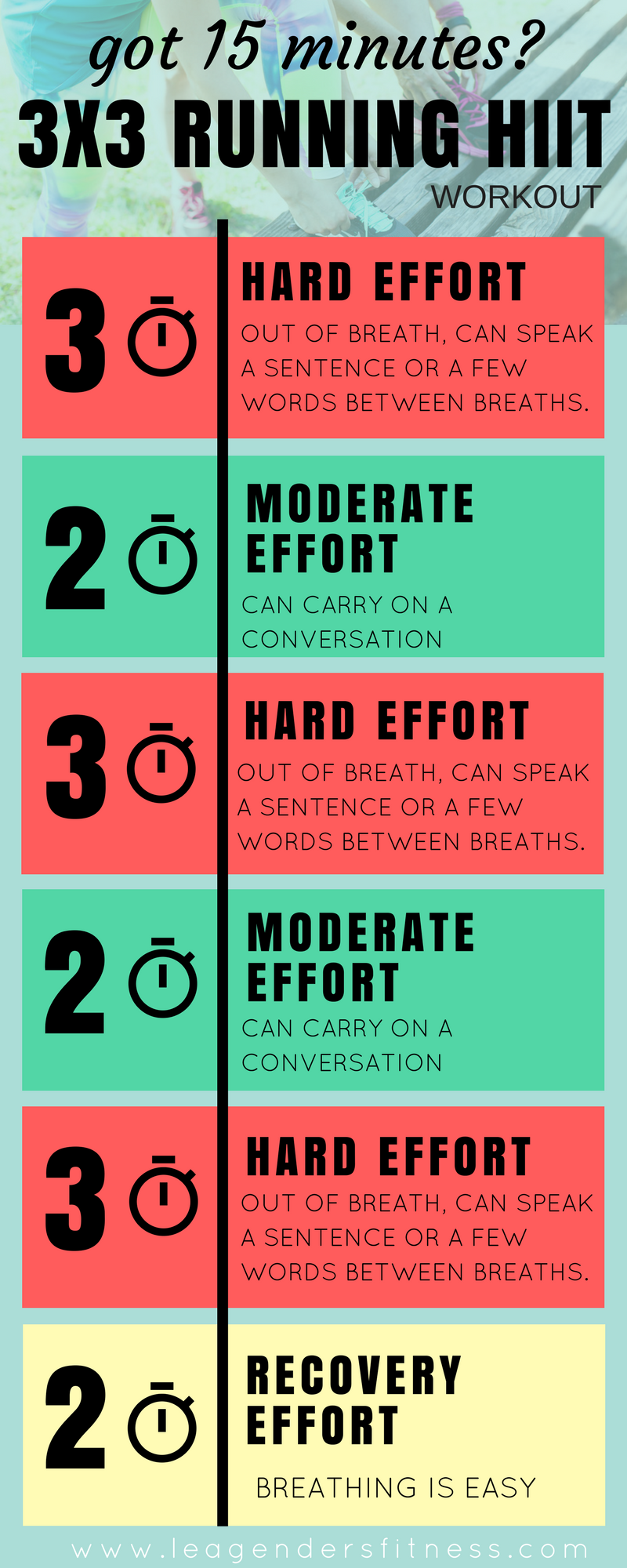Just How to stop and Manage Pain in Operating: Specialist Tips and Suggestions
The search of that runner's high can occasionally be impeded by the undesirable buddy of discomfort. There exist proven methods and expert recommendations that can help minimize and take care of these discomforts, permitting you to focus on the happiness of running itself.
Relevance of Appropriate Shoes
Proper footwear plays a crucial function in preventing and handling discomfort for joggers, as it considerably influences their comfort, performance, and general foot wellness. When it concerns running, using the right footwear can make all the distinction. Ill-fitting or improper footwear can cause a host of concerns such as blisters, shin splints, plantar fasciitis, and much more extreme injuries like stress fractures.
Selecting the right operating shoes involves thinking about factors such as foot type, gait technicians, running surface, and personal preferences. Runners with high arcs may require more padding and assistance, while those with flat feet may take advantage of stability footwear. In addition, comprehending pronation (the inward rolling of the foot) and supination (the outside rolling of the foot) can assist in selecting footwear that supply the appropriate level of arch assistance.
Spending in high quality operating footwear that are ideal for your individual needs can aid prevent discomfort and pain while boosting your running experience. Focusing on proper footwear is not nearly performance yet additionally concerning safeguarding your foot health in the future.

Efficient Warm-up Techniques
Shoes option is simply one element of getting ready for a successful run; another essential element is implementing reliable workout strategies to maximize efficiency and minimize the threat of injury. A vibrant warm-up routine before a run helps raise blood circulation to the muscular tissues, improves flexibility, and enhances the variety of movement of the joints. Dynamic stretches like leg swings, high knees, and hip circles are advantageous in preparing the body for the physical demands of running. Gradually enhancing the intensity of the workout exercises can aid activate the muscle mass and improve neuromuscular coordination.
Along with vibrant stretches, integrating some light cardio workouts such as jogging or avoiding rope can further boost the heart rate and heat up the body. This combination of dynamic stretching and light cardio assists loosen limited muscular tissues, lube the joints, and psychologically prepares the runner for the upcoming exercise (running workout). By making warm-ups a regular part of your running routine, you can dramatically decrease the threat of injuries and perform at your finest throughout each run
Key Stretching Workouts
When preparing for a run, integrating vital stretching exercises is click site vital to enhance muscle mass adaptability and prevent injuries - Read More. Dynamic stretches such as leg swings, high knees, and hip circles are beneficial for heating up the muscles and boosting series of motion prior to a run. These activities help boost blood flow, loosen limited muscles, and prepare the body for the activity in advance
Static stretches like calf stretches, hamstring stretches, and quadriceps stretches must adhere to a run to help in muscular tissue recovery and stop rigidity. Holding each go for 15-30 seconds enables the muscle mass to relax and lengthen, reducing the danger of post-run discomfort and possible injuries.
Additionally, integrating yoga exercise poses like down pet, pigeon pose, and spinal twists can target numerous muscular tissue groups all at once, promoting overall versatility and toughness. Consistent stretching regimens not only boost performance however additionally aid in keeping good running kind and stopping overuse injuries. Keep in mind, correct stretching methods are critical for a risk-free and pleasurable running experience.
Healing and Rest Approaches
After finishing a run, implementing efficient recuperation and remainder techniques is important for making best use of performance and minimizing the threat of injuries. One critical aspect of recovery is allowing the body time to relax and fix itself. Sufficient sleep is paramount as it is throughout remainder that muscle mass recover and expand more powerful. Furthermore, incorporating rest days right into your training routine is important to avoid overuse injuries and fatigue.
Active healing strategies such as gentle stretching, foam rolling, and yoga exercise can aid improve flow, lower muscle discomfort, and boost flexibility. It is additionally useful to focus on hydration and nourishment post-run to replenish electrolytes, glycogen stores, and advertise muscle recovery.
Cross-training tasks like swimming or biking can offer a break from the repeated influence of running while still keeping cardiovascular physical fitness - running strategy. Paying attention to your body and acknowledging when it requires a break is vital to avoiding chronic injuries and making sure lasting running success. Bear in mind, remainder is not an indicator of weak point yet an important element of a well-rounded training regimen
Cross-Training Perks

It enables you to work on various elements of health and fitness that might not be targeted exclusively with running, leading to an extra well balanced and versatile athlete. Furthermore, cross-training can assist improve running performance by addressing muscular inequalities and weak points that may prevent efficiency.
Final Thought
Finally, correct shoes, workout strategies, stretching workouts, healing methods, and cross-training are necessary components in stopping and managing discomfort in running. By integrating these techniques into your routine, you can lessen the threat of injury and pain while optimizing efficiency and enjoyment of the sport. Read More. Bear in mind to pay attention to your body, prioritize remainder and recovery, and seek specialist support when required to guarantee a risk-free and reliable running experience